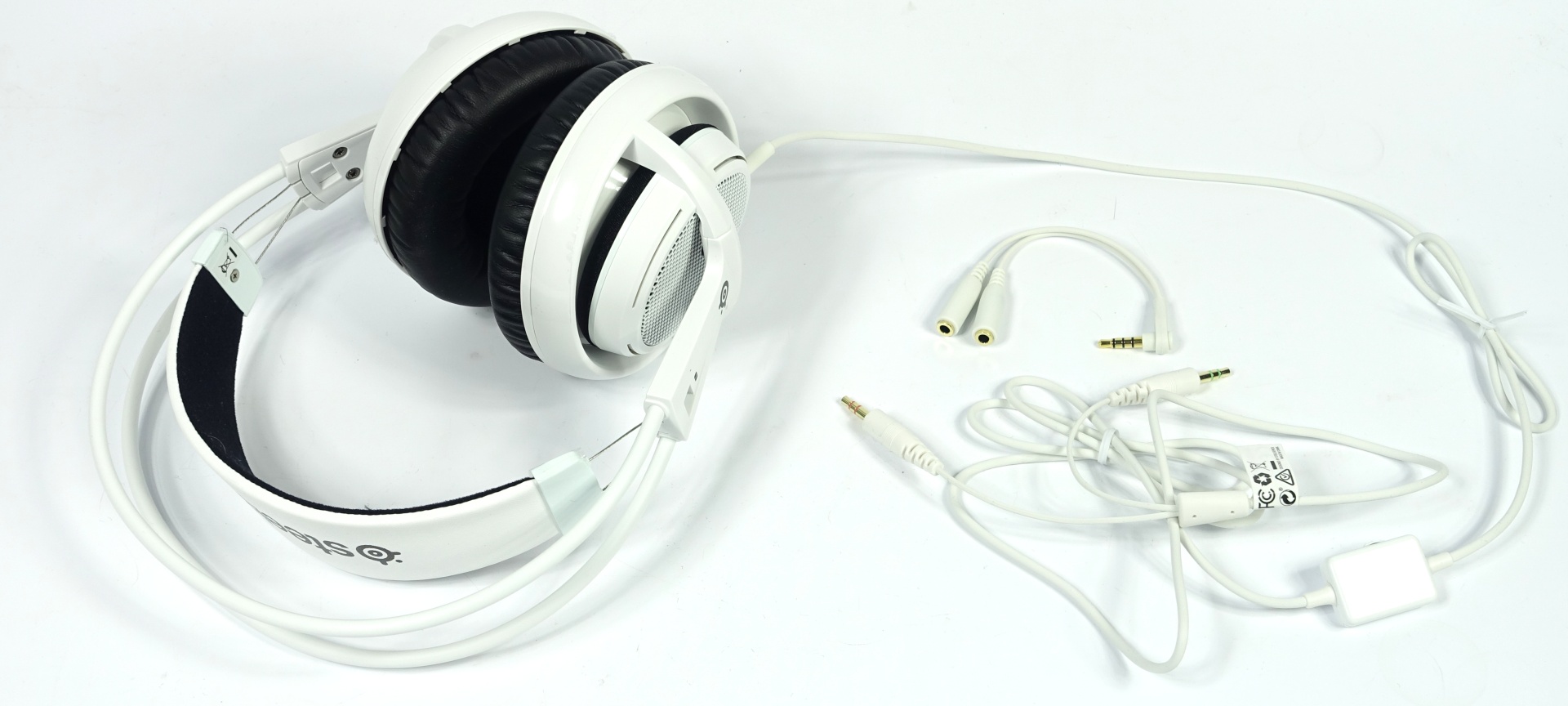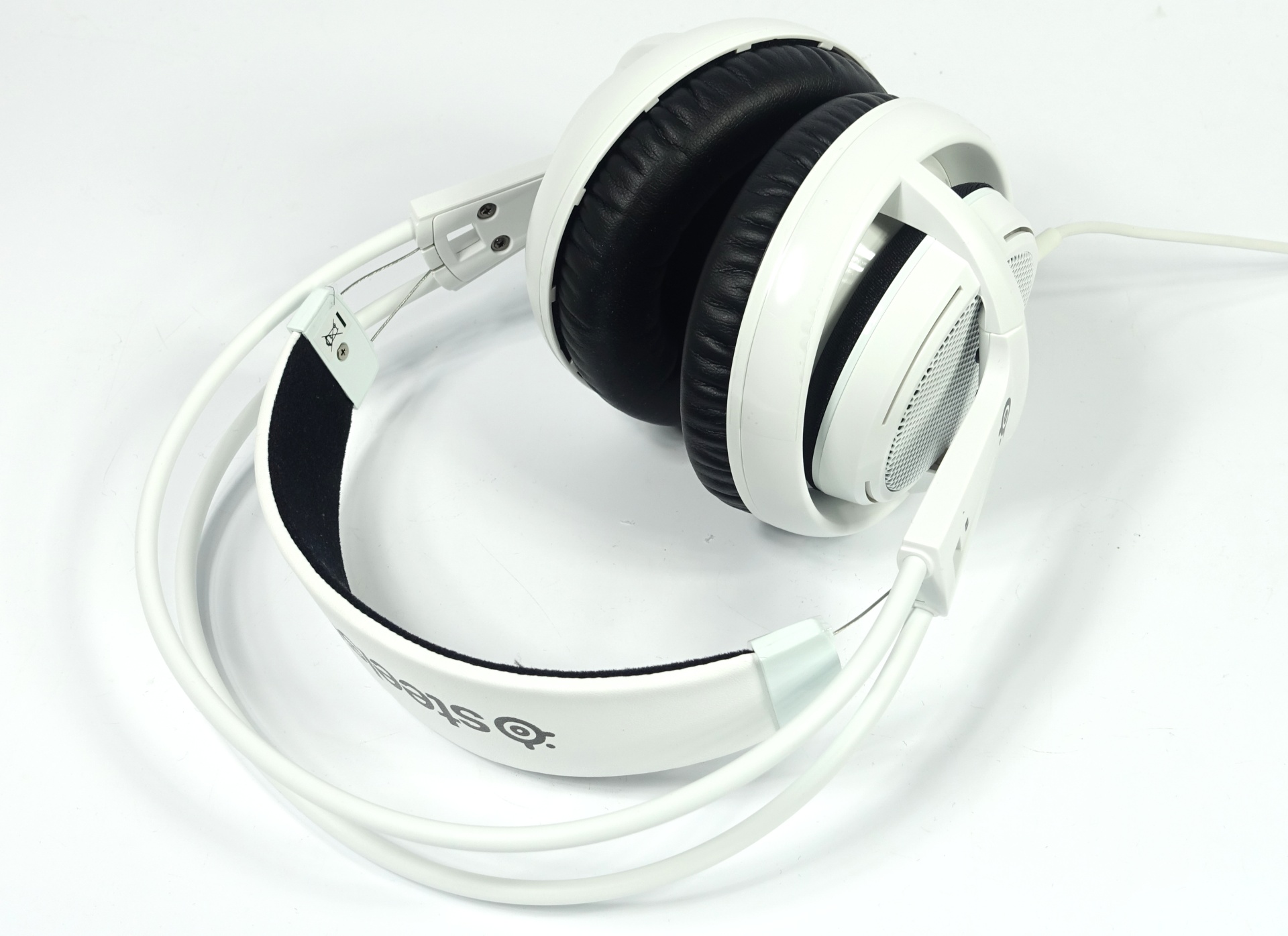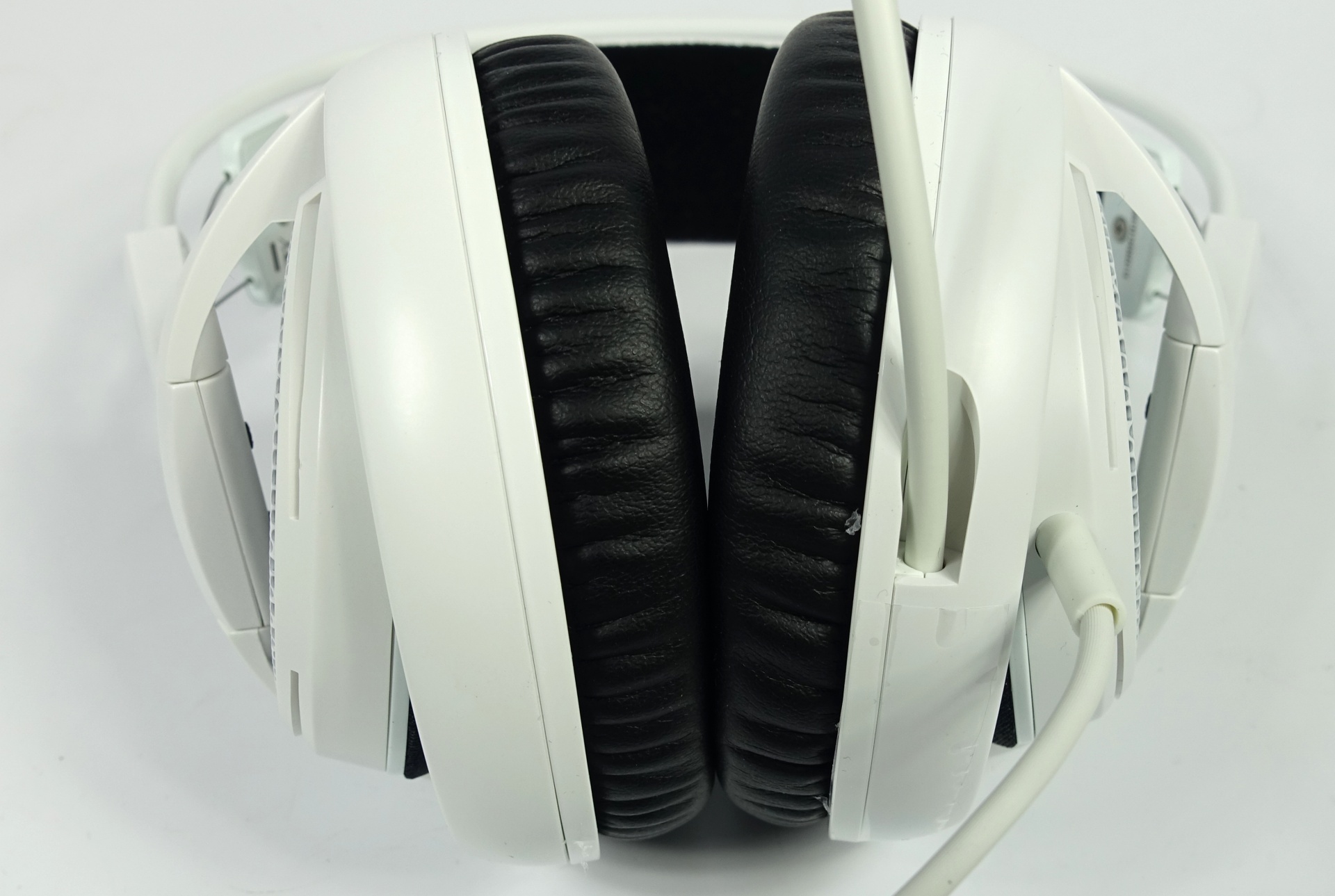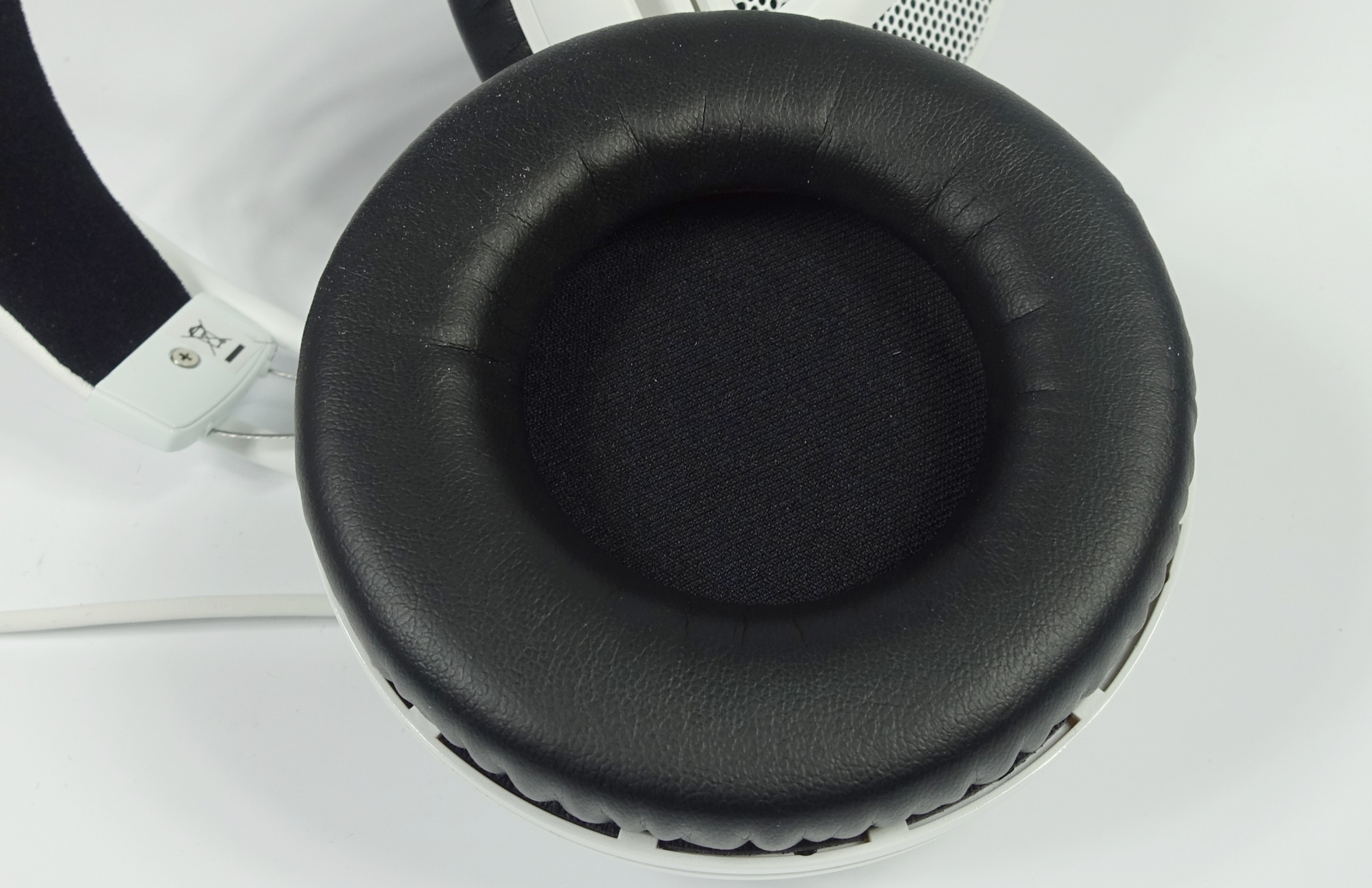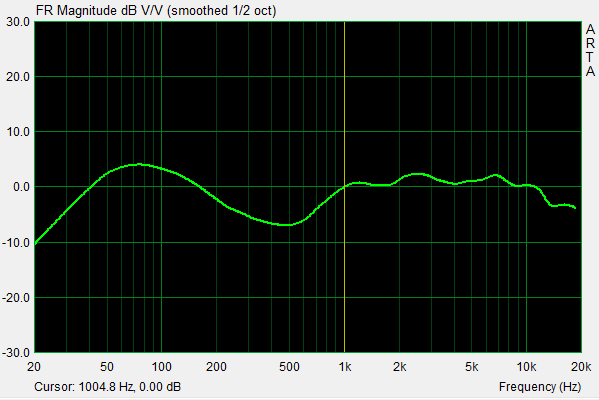Early Verdict
The Siberia 200 doesn't quite live up to the high standards of SteelSeries' previous models, but fit, comfort, and audio quality are all acceptable. To be sure, the Siberia 200 trends more toward class-average. It also excludes anyone with a head circumference larger than ~60cm.
Pros
- +
Flexible and eye-catching design
- +
With a few exceptions, overall audio quality is adequate
Cons
- -
Poor material choices
- -
inadequate fit characteristics
- -
Mic performance is below average
Why you can trust Tom's Hardware
SteelSeries' Siberia 200 is the company's latest effort with a list price of $80, even if you can find it for ~$60 online. Perhaps this has something to do with the fact that the Siberia 200 is a cost-reduced version of the Siberia v2 (Amazon even makes reference to the 200's predecessor, which takes us all the way back to 2013). How has this design held up over time?
The bundle remains simple enough: you get one accessory, an angled Y-adapter to combine the separate headphone, and microphone connectors for smartphones and consoles.
Specifications
SteelSeries' Siberia 200 has been on the market for some time now. Consequently, its price is fairly stable online.
Look & Feel
The Siberia 200's design is heavily inspired by its predecessors. However, it appears as if the engineering and accounting departments were sharing a desk as they defined this headset's specifications.
What distinguishes the Siberia series from its competition is the eye-catching frame. A unique suspension for the ear pieces, adjustable across two axes, combined with a flexible, spring-loaded headband, guarantees that this self-adjusting headset provides an almost perfect fit for any head circumference smaller than 60cm.

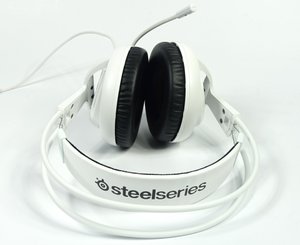
The Siberia 200's material mix differs slightly from SteelSeries' previous models. Now, artificial leather on the outside of the headband is quick to show unsightly wrinkles after a couple of uses. Moreover, padding on the underside is made up of a coarse textile cover, which attracts hair and lint. Even mechanical parts of the headset get caught up in the cost cutting.
Nevertheless, SteelSeries' Siberia 200 looks and feels well built. It can take quite a bit of torsion without breaking. The headset just doesn't feel as luxurious as its predecessors, which is a real pity.
Get Tom's Hardware's best news and in-depth reviews, straight to your inbox.
Comfort
Whereas the ear pieces used to have an additional hinge for adjustments along the vertical axis, allowing them to rotate back and forth, this newer model leaves them fixed and unmovable. In our opinion, the unchangeable tilt is an ergonomic and acoustic failure, as both the fit and directional characteristic are significantly hampered compared to previous models.
Only the horizontal joint at the transition between the frame and ear piece remains. Although the design visually copies SteelSeries' older model, it is ultimately disappointing.
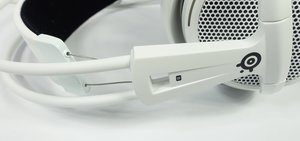
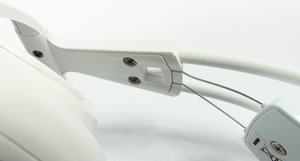
The frame's mechanism, on the other hand, remains unchanged. As a result, the problem with head sizes larger than 60cm remains. If you're in that category, definitely look elsewhere for a comfortable headset.
Another complicating factor is that the horizontal tilt's maximum angle is too small for a straight fit. It is almost impossible to shake the feeling that the ear piece's lower part is sticking out a bit, since pressure isn't distributed evenly around the cup.
Ear pads covered with faux leather ensure that this is a true over-ear design. Contact pressure increases with the headband's tension, and this intensifies according to head circumference. Yet, at least for people with smaller heads, the pressure remains tolerable, especially since the padding does a pretty good job molding to individual anatomies.
Functionality & Interface
The control unit is integrated. It comes with a volume knob on one side and a microphone switch up front. Its position on the cable is alright, and the control elements are easy to find/use.
Connecting the analog jack is straightforward, whether you're using a PC, console, or smartphone (with the included Y-adapter).
Microphone
The omnidirectional gooseneck microphone can be pulled out or pushed back in as needed, making it very practical. However, for large-headed individuals, the gooseneck is both too short and not stable enough in its intended position. That makes the mic difficult to find and keep positioned optimally.
Sensitivity and output levels are relatively low. Thus, it might be difficult to make yourself heard during hectic multiplayer matches. It's also unpleasant that there is no real low-cut. Rumbling noises are consequently reproduced by the microphone. Wind and breathing noises are not suppressed either, since the microphone records frequencies that are too high.
Measurements & Sound-Check
To read about our test methodology in depth, please check out How We Test Gaming Headsets, particularly page 6 where we detail the measurements we take.
SteelSeries advertises that its Siberia 200 sports greatly improved sound. Nevertheless, we observe a familiar bathtub curve (though the results aren't altogether bad).
Bass is amplified quite a bit between 50 and ~170 Hz. This is entirely bearable, and probably what most gamers would expect anyway. In our opinion, the upper bass is a little too heavy. In turn, male voices boom more than they should. Low bass, on the other hand, sounds good. The subcontra octave is covered well; it's possible to hear more in that range than you'd expect from a gaming headset.
The downside of a low-pitched and reasonably-priced driver is its slightly sluggish transient response, which doesn't improve, even after hours of operation. Although it's only noticeable in certain cases, for short, sudden impulses, there's no mistaking this weakness.
In this price range, that's not a deal-breaker, though. More unpleasant is the loss of mid-range by up to 6 dB at ~480 Hz. As a result, the fundamental range of female vocals and many instruments fall off, negatively influencing the reproduction of music for trained ears. That transition from lower to upper mid-range is especially important for the overall impression of fullness.
From there on up to about 12 kHz, we observe almost neutral reproduction, which benefits the spatial positioning in games and the sound stage during musical reproduction. Sibilants are audible, but not overemphasized. High-frequency sounds are pleasant. It's only the super-high frequency range that breaks down slightly above 12 kHz (even though it remains just 4 dB below the 0 dB line).
For our taste, manipulation of the mid-range is overdone. To improve the subjective sonority, which is so important for musical reproduction, we recommend gently boosting the 500 Hz range with a software equalizer.
Conclusion
For ~$60, the Siberia 200 has its advantages. Strong bass is one of them, even if it's slightly sluggish, as is the headset's balanced reproduction above 1 kHz. The level stability is truly exemplary in this price range as well.
But there are some significant compromises made, including a reduction of mid-range response at ~480 Hz which limits the fullness of sound and robs many sources of their presence.
Fit and comfort are both acceptable, even if cost-cutting means this new version no longer lives up to the very high standards of SteelSeries' previous models. Rather, the Siberia 200 trends more toward class-average. In the process, it excludes anyone with a head circumference larger than ~60cm.
MORE: Best Deals
MORE: Best PC Builds

Igor Wallossek wrote a wide variety of hardware articles for Tom's Hardware, with a strong focus on technical analysis and in-depth reviews. His contributions have spanned a broad spectrum of PC components, including GPUs, CPUs, workstations, and PC builds. His insightful articles provide readers with detailed knowledge to make informed decisions in the ever-evolving tech landscape
